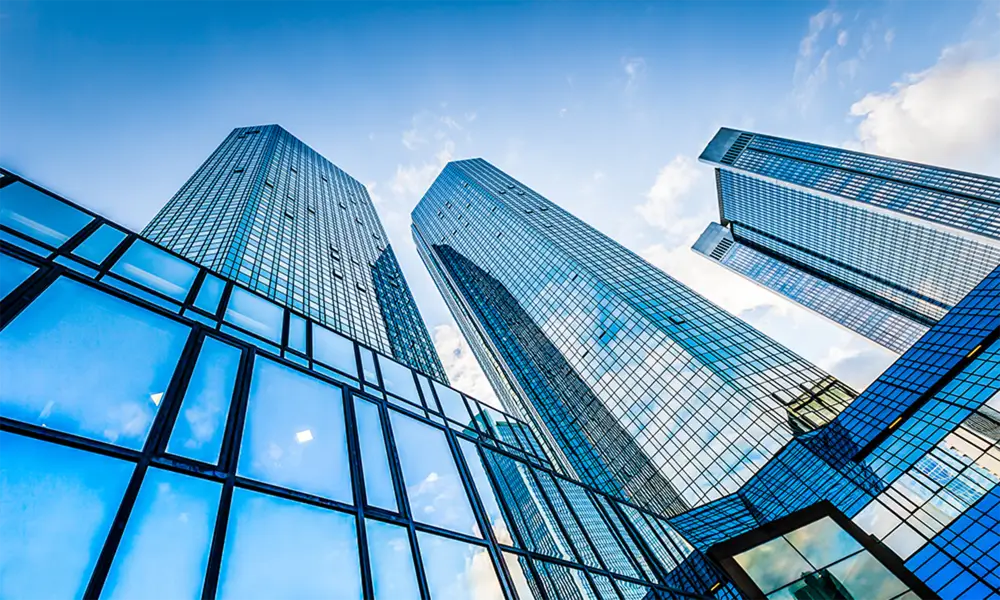

Understanding Solarban Low-E Glass Enhancing Energy Efficiency in Modern Architecture
In today's world, where sustainability and energy efficiency are becoming increasingly important, the choice of materials in construction plays a crucial role in reducing energy consumption and environmental impact. One such material that has gained significant attention is Solarban Low-E glass. This innovative glazing solution not only enhances the aesthetics of buildings but also contributes to their energy efficiency, making it a vital consideration for architects, builders, and homeowners alike.
What is Low-E Glass?
Low-E glass, or low-emissivity glass, is treated with a special coating that reflects infrared light while allowing visible light to pass through. The main purpose of this technology is to improve thermal performance. By minimizing the amount of heat transfer, Low-E glass helps maintain comfortable indoor temperatures, reducing the need for heating and cooling systems. This ultimately leads to decreased energy usage and lower utility bills.
The Benefits of Solarban Low-E Glass
1. Superior Energy Efficiency Solarban Low-E glass is designed to maximize energy efficiency by minimizing solar heat gain while maintaining natural light. This means that buildings can enjoy the benefits of sunlight without the drawbacks of excessive heat. As a result, HVAC systems operate more efficiently, leading to significant energy savings over time.
2. Enhanced Comfort One of the main advantages of using Solarban Low-E glass is improved indoor comfort. By reducing glare and controlling temperature fluctuations, occupants can enjoy a more pleasant living or working environment. This is particularly beneficial in office buildings and residential spaces where consistent temperatures are essential for productivity and comfort.
3. UV Protection Another critical benefit of Solarban Low-E glass is its ability to block harmful ultraviolet (UV) rays. Extended exposure to UV light can fade furniture, flooring, and artwork, leading to costly replacements. With Solarban glass, property owners can protect their interiors while still enjoying natural sunlight.

4. Aesthetic Appeal In addition to its functional benefits, Solarban Low-E glass also offers aesthetic advantages. Available in various styles and finishes, it can complement a wide range of architectural designs. Whether used in modern skyscrapers or traditional homes, this glass provides a sleek, polished appearance that enhances the overall visual appeal of the building.
5. Environmental Impact The use of Solarban Low-E glass is not just about individual benefits; it also contributes to broader environmental goals. By improving energy efficiency, buildings can reduce their carbon footprint, contributing to a more sustainable future. In a world increasingly focused on combating climate change, choosing such energy-efficient materials is a responsible and forward-thinking decision.
Applications of Solarban Low-E Glass
Solarban Low-E glass is versatile and can be used in various applications across different building types. It is commonly used in commercial buildings, residential homes, and even industrial settings. Architects often specify this glazing in high-performance curtain walls, storefronts, and windows due to its energy-saving attributes and aesthetic flexibility.
In commercial spaces, for example, Solarban glass can help create large, open areas filled with natural light while minimizing glare and heat build-up. In residential buildings, homeowners can benefit from enhanced living spaces that are not only visually appealing but also energy-efficient.
Conclusion
Incorporating Solarban Low-E glass into building designs presents numerous advantages, including improved energy efficiency, comfort, aesthetic appeal, and environmental sustainability. As the construction industry continues to evolve towards more sustainable practices, materials like Solarban glass will play an integral role in shaping the future of architecture. Whether you are an architect, builder, or homeowner, understanding the benefits of Low-E glass can lead to smarter, more efficient choices that contribute to a greener planet. By embracing these technologies, we can build not only for today but also for a sustainable future, ensuring that our buildings will serve generations to come.